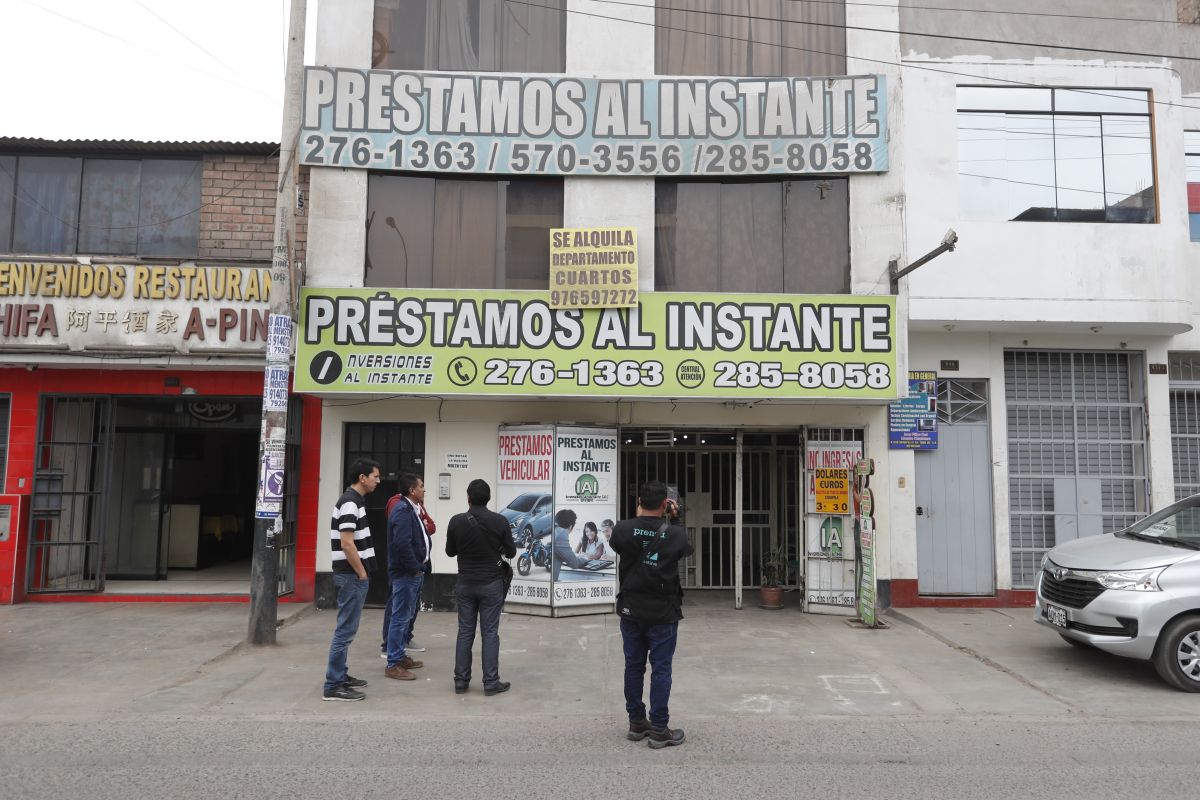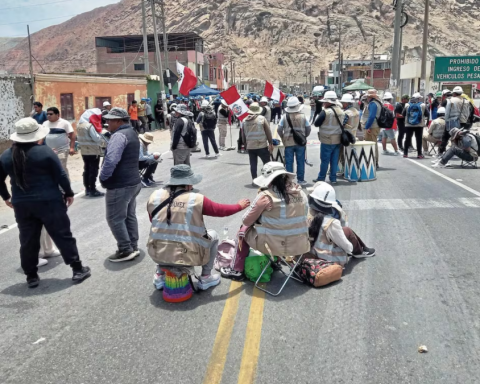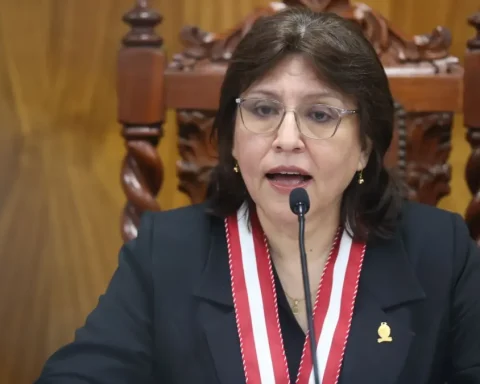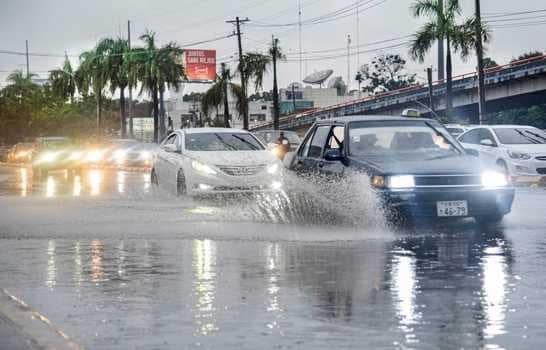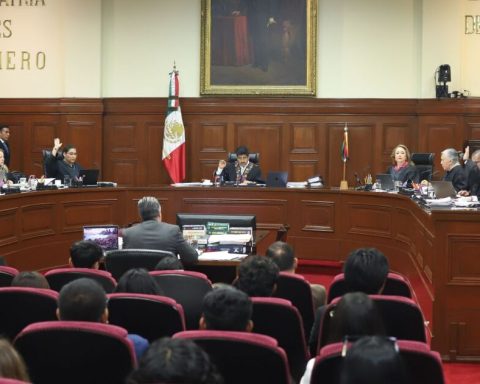A study prepared by the Peruvian Institute of Economics (IPE) found that the number of Peruvians at risk of being victims of extortion and criminal methods of collecting loans ‘drop by drop’continues to increase.
According to the “Study on the informal credit market in Peru”, around 605 thousand families of urban households (9.3% of households) received a loan from an informal lender in the last 12 months, which represents an increase in 19% compared to 2022.
Of these, “drop by drop” or daily payment loans went from 22% in 2022 to 35% in 2024. That is, currently, more than 211 families are financed with the ‘drop by drop’, which What is worse is that this represents an advance of 89.4%, compared to the number of families in 2022.
“This type of loan is characterized by its high interest rates and by being linked to situations of insecurity for borrowers. Therefore, in the midst of the growing levels of crime in the country, it is an issue that should be put on the agenda,” said Carlos Gallardo, general manager of the IPE.
The study highlighted that the size of the informal credit sector would have reached S/1,780 million, exceeding the loans granted by rural savings and credit banks.
Informal carousel
Gallardo highlighted that, according to the results of the study, borrowers resort to informal credit mainly due to the urgency and immediacy of obtaining financing. This is mainly associated with the payment of outstanding informal debts.
He said that, given the urgency, they are willing to assume rates significantly higher than those imposed on the formal sector. Thus, according to the research, 51% of those surveyed pay an annualized interest rate greater than 500%, which implies that, if the same credit were requested continuously for a year, the amount paid would be more than five times the amount borrowed.
He added that the situation is complicated due to the inadequate practices of some informal lenders to ensure payment. 16% of borrowers reported being threatened or intimidated, and 78% had to pay more than initially agreed. Additionally, 51% reported receiving verbal threats.
Borrowers’ perception of informal credit changes significantly when faced with situations of intimidation: while 45% considered the credit conditions favorable before being threatened, only 14% maintained this opinion after having received retaliation. Likewise, 65% of those who experienced bullying would prefer to go to a formal entity in the future, compared to 34% of those who were not affected.
Policy recommendations
The IPE highlighted the importance of facilitating access to formal, safe credits with competitive interest rates. One of the first recommendations is to repeal Law No. 31443, which empowers the Central Reserve Bank of Peru (BCRP) to establish limits on interest rates in the financial system.
Another recommendation relates to the promotion of financial innovation. One example is the use of tools such as electronic wallets to expand access to formal financial services. Among those who did not use a formal entity (70% of borrowers in 2024), the use of electronic wallets grew from 43% to 69% between 2022 and 2024, outpacing other financial services. This advance also highlights the need to design financial products adapted to traditionally excluded groups, such as women, people in rural areas and older adults.
Finally, the IPE highlights the importance of improving financial education. According to the SBS Financial Capabilities Survey, only 21% of respondents in 2022 were able to perform a simple interest calculation, a key skill for evaluating the suitability of credit and the differences between formal and informal credit.
Study data
The study carried out by IPE is based on two own surveys, commissioned from Ipsos and carried out in May 2024: one applied to 1,011 people at an urban-national level; and another that collected information from 1,203 families in five cities (Lima, Arequipa, Cusco, Trujillo and Iquitos). The results obtained are comparable with a similar study carried out by the IPE in 2022.
Take advantage of the NEW EXPERIENCE: receive our enriched digital newspaper by mail or WhatsApp. Peru21 ePaper Get to know our plans!
RECOMMENDED VIDEO
